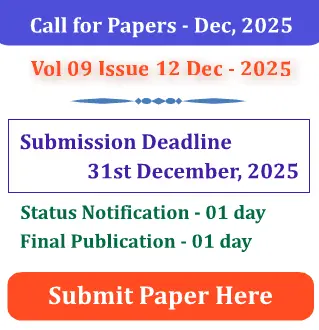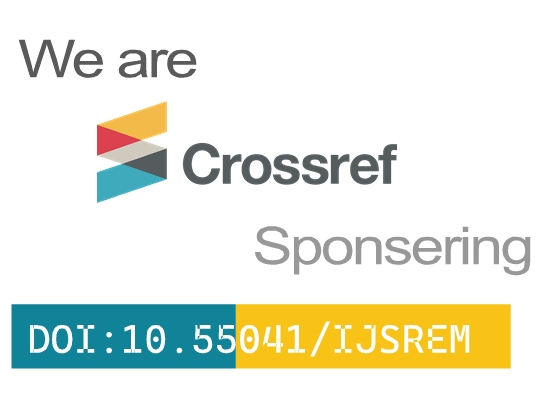A Review: Retrofitting Techniques for Reinforced Concrete Structural Members Using Different Materials
Bhushan P Gangane, Prof. S.B Deshmukh ,Dr.G.R. Gandhe,
Prof. Govind H. Dake And Dr. Sunil D. Shinde .
1.M.Tech Student, Department of Civil Engineering, Deogiri Institute of Engineering and Management Studies, Chhatrapati Sambhajinagar Maharashtra India.
2.Assistant Professor, Department of Civil Engineering, Deogiri Institute of Engineering and Management Studies, Chhatrapati Sambhajinagar Maharashtra India.
3.Head Of PG Civil Engineering Department, Deogiri Institute of Engineering and Management Studies, Chhatrapati Sambhajinagar Maharashtra India.
4.Associate Professor, Department of Civil Engineering, Deogiri Institute of Engineering and Management Studies, Chhatrapati Sambhajinagar Maharashtra India.
Abstract
In the current situation, concrete building deterioration is a global issue. There are numerous reasons for this, including the occurrence of natural hazards such as earthquakes, a lack of awareness of several critical and essential codal rules in construction, insufficient supervision, and so on. These factors result in structures that are weak. Overloading structures can result in significant deformations and corrosion, which require immediate treatment. Repair, retrofitting, and strengthening are periodically required actions in the construction business today to overcome all of these effects on reinforced concrete structures. Even newly constructed structures may require repair and strengthening in order to address faults caused by design or construction errors. Damaged structural elements caused by unexpected events such as fire, earthquake, foundation movement, impact, and overload require specialised strengthening, increasing the strength, and restoration techniques. Retrofitting is one of the most effective ways to make a current insufficient structure safe from future earthquakes or other natural disasters. Retrofitting decreases the risk of damage to an existing structure due to seismic activity in the near future. It tries to reinforce a structure in order to meet the requirements of contemporary seismic design codes. In recent years, a significant amount of research has been done to create various strengthening and rehabilitation procedures to improve structural seismic performance. This paper intends to provide an overview of many innovative and cost-effective local retrofitting strategies for strengthening damaged structures. Keywords – Retrofitting, Strengthening, Restoration.







